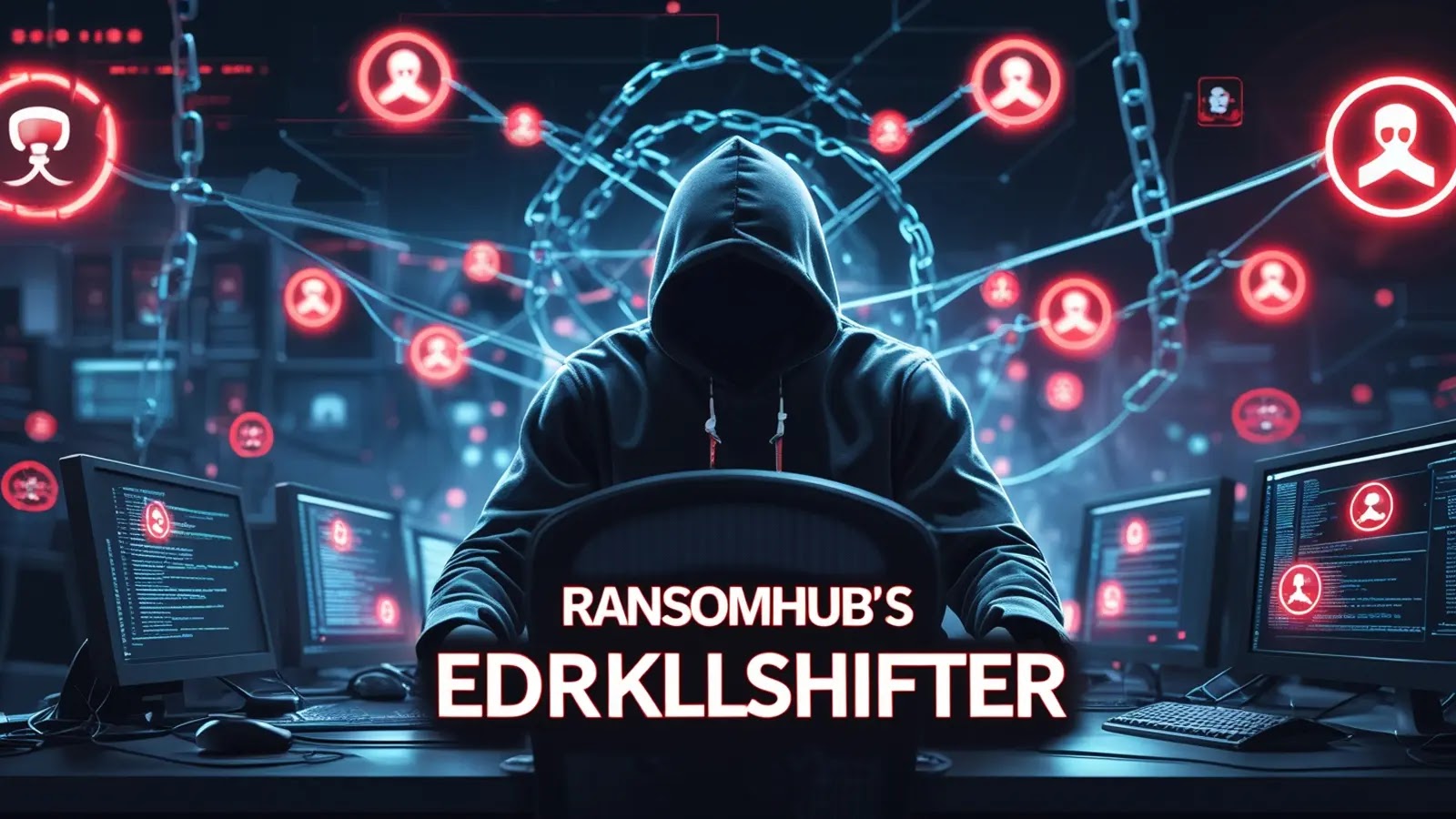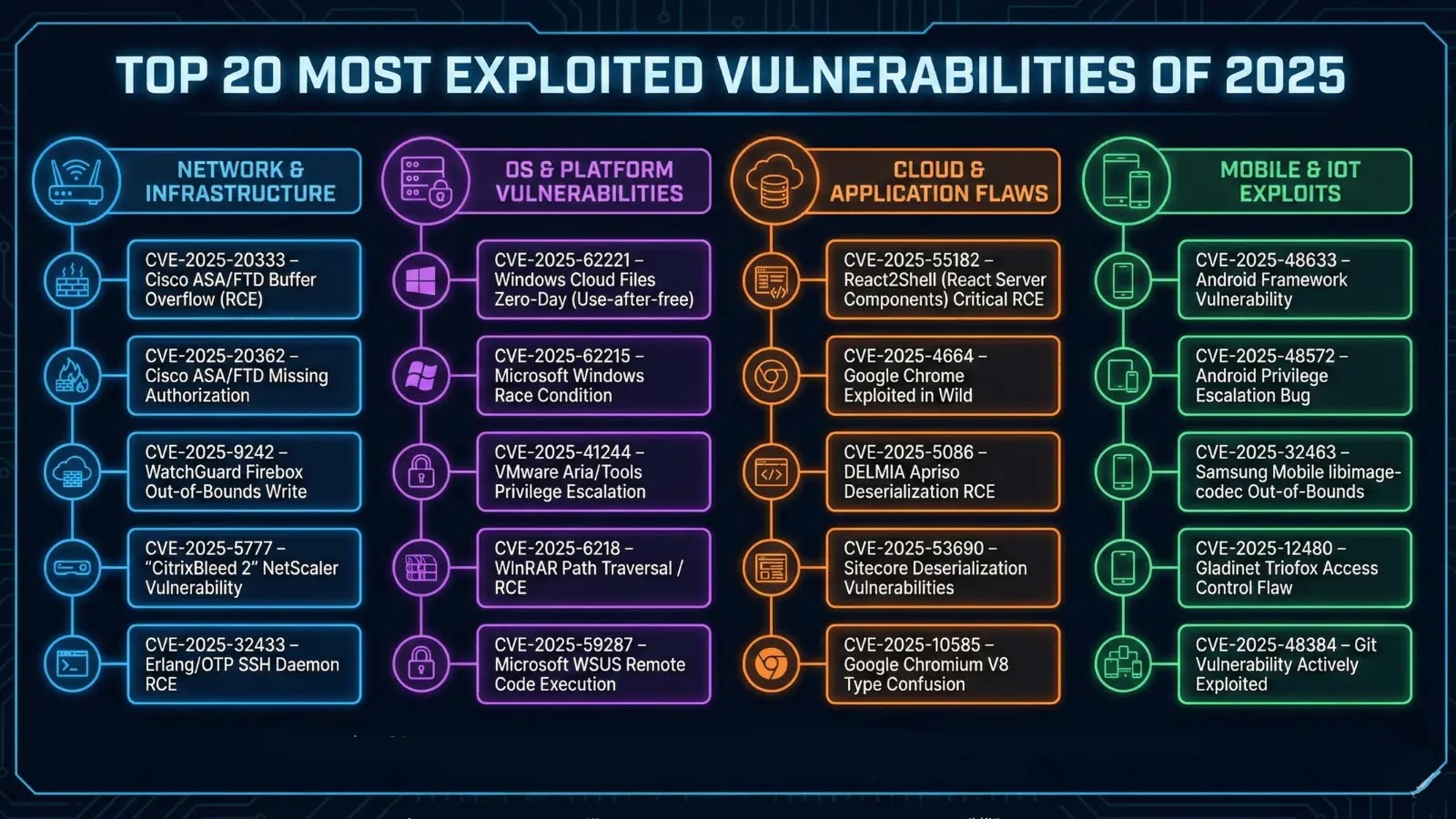In early 2024, the cybersecurity landscape witnessed a significant shift with the emergence of RansomHub, a new ransomware-as-a-service (RaaS) operation. This development coincided with Operation Cronos, which dismantled major ransomware groups like BlackCat and LockBit. RansomHub quickly capitalized on this vacuum, offering affiliates enticing terms, including retaining 90% of ransom payments and facilitating direct wallet transfers. By July 2024, RansomHub had surpassed LockBit in the number of victims since February, marking its rapid ascent in the cybercriminal hierarchy.
Introduction of EDRKillShifter
A pivotal moment in RansomHub’s evolution occurred in May 2024 with the introduction of EDRKillShifter, a custom tool designed to disable endpoint detection and response (EDR) systems. This tool exploits vulnerable drivers to terminate security products, effectively blinding defensive mechanisms before initiating data encryption. The technique, known as Bring Your Own Vulnerable Driver (BYOVD), involves deploying legitimate but vulnerable drivers to escalate privileges and disable security solutions. EDRKillShifter’s deployment marked a significant advancement in ransomware tactics, allowing attackers to operate undetected within compromised systems. ([bleepingcomputer.com](https://www.bleepingcomputer.com/news/security/ransomware-gang-deploys-new-malware-to-kill-security-software/?utm_source=openai))
Cross-Gang Utilization and Affiliate Overlap
The adoption of EDRKillShifter extended beyond RansomHub, with affiliates deploying it in operations associated with other ransomware groups, including Play, Medusa, and BianLian. ESET researchers identified identical EDRKillShifter samples across multiple attacks, leading to the discovery of a threat actor dubbed QuadSwitcher, who was operating simultaneously for all four groups. This overlap challenges the traditional notion of rivalry among ransomware gangs, suggesting a more collaborative or opportunistic environment where skilled affiliates work across multiple groups to maximize profits. ([cybersecuritynews.com](https://cybersecuritynews.com/ransomhubs-edrkillshifter/?utm_source=openai))
Technical Analysis of EDRKillShifter
EDRKillShifter’s technical implementation requires a unique 64-character password to unlock shellcode that serves as an intermediary execution layer. Without this password, security researchers cannot access the list of targeted processes or identify the vulnerable driver being exploited. The tool primarily focuses on disabling security solutions just before ransomware deployment, ensuring minimal detection. Additionally, the tool’s development timeline was traced from version 1.2.0.1 in May 2024 through multiple updates, indicating ongoing refinement and adaptation. ([cybersecuritynews.com](https://cybersecuritynews.com/ransomhubs-edrkillshifter/?utm_source=openai))
Implications for Cybersecurity
The discovery of shared tools like EDRKillShifter among supposedly rival ransomware gangs underscores the evolving complexity of the ransomware ecosystem. It reveals that even closed RaaS operations with trusted affiliates may share tooling with competitors, suggesting a more interconnected and collaborative underground network. This interconnectedness poses significant challenges for cybersecurity defenses, as traditional strategies focusing solely on individual ransomware groups may overlook the broader network of shared resources and tactics.
Recommendations for Defense
To mitigate the threat posed by tools like EDRKillShifter, organizations should implement several key strategies:
1. Enable Tamper Protection: Activate tamper protection features in endpoint security products to prevent unauthorized modifications or disablement by malicious tools. ([bleepingcomputer.com](https://www.bleepingcomputer.com/news/security/ransomware-gang-deploys-new-malware-to-kill-security-software/?utm_source=openai))
2. Monitor for Suspicious Activity: Regularly monitor systems for the execution of known tools like TDSSKiller and LaZagne, which have been abused by ransomware groups to disable security services and extract credentials. ([bleepingcomputer.com](https://www.bleepingcomputer.com/news/security/ransomhub-ransomware-abuses-kaspersky-tdsskiller-to-disable-edr-software/?utm_source=openai))
3. Maintain System Updates: Keep all systems and software updated to patch known vulnerabilities that could be exploited by attackers to deploy tools like EDRKillShifter.
4. Implement Strict Access Controls: Restrict administrative privileges to limit the ability of attackers to install or execute malicious tools.
5. Conduct Regular Security Audits: Perform comprehensive security audits to identify and remediate potential vulnerabilities within the organization’s infrastructure.
By adopting a multi-layered security approach that includes advanced EDR solutions, real-time telemetry, and proactive threat intelligence, organizations can enhance their resilience against sophisticated ransomware attacks. Understanding the interconnected nature of modern ransomware operations is crucial for developing effective defense strategies in this rapidly evolving threat landscape.



